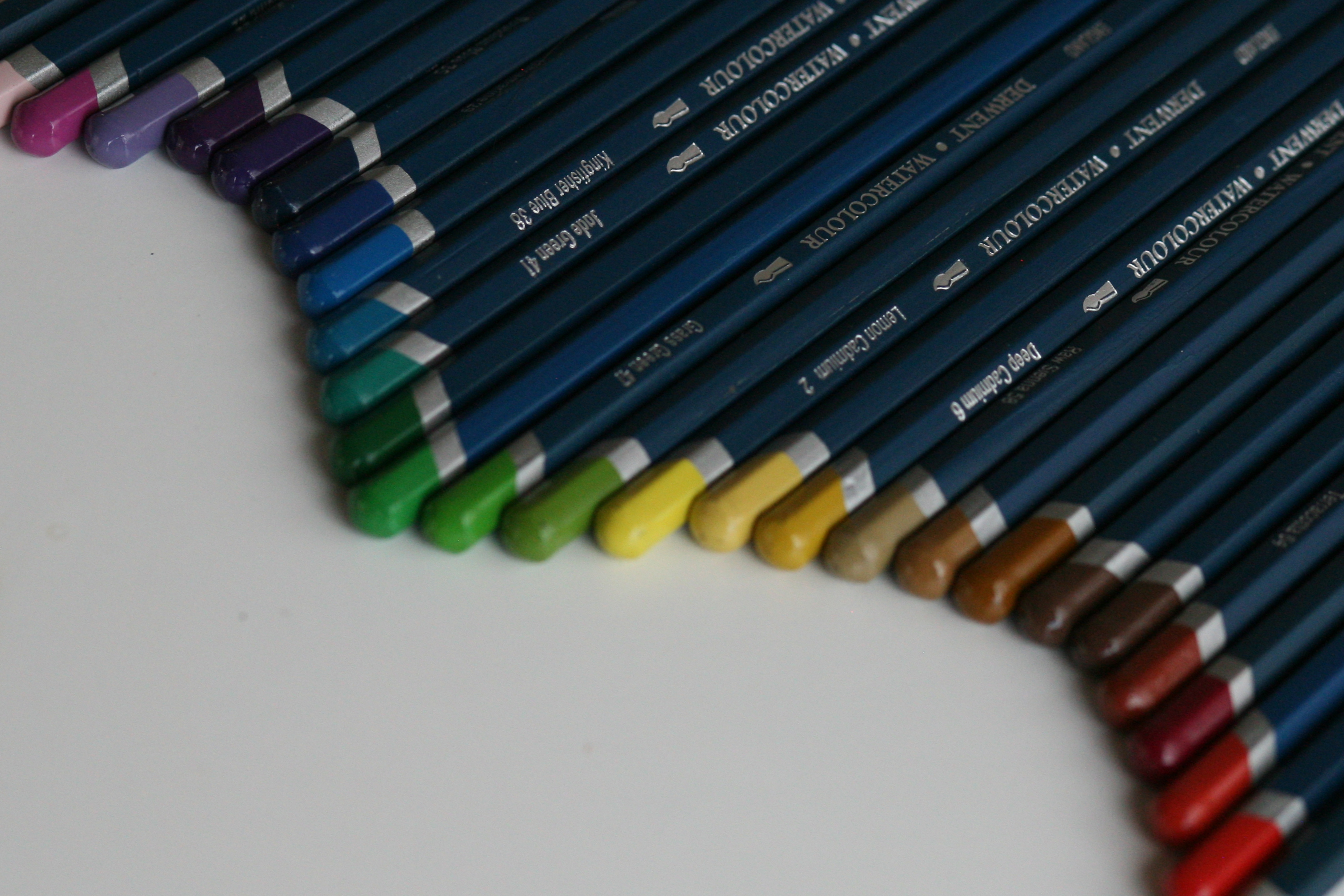
Ever been to a website and felt an immediate sense of visceral revulsion (like this – arghhh!)? Or perhaps been quite impressed by the interface and then spent a frustrating eternity trying to find what you are looking for (help!!)? Inevitably this ends in a ‘what were they thinking!’ moment. And then you leave – never to return.
The answer to the question is they weren’t thinking much or not nearly enough! And certainly hadn’t adopted best practice in User Experience design (UX).
UX is the intricate process of producing a website. Planning, research, design and development are all steps in the UX process, often running concurrently and involving specially trained people. The cohesive interrelationship of each person and each task will lead to a successful website defined by a seamless and rewarding experience for visitors (‘users’).
We sometimes work on projects where an external designer without UX experience is tasked with ‘producing a skin’. Visions of prosthesis? Or perhaps wrapping a present, all tied up with a neat bow!
If this ever gets suggested to you, alarm bells should ring. Designing a visual identity or a brochure is a skill to be admired but the leap to website designer is wide. The wider the gap the more it’s likely to cost in getting expert help to support the development team or repair the damage. That’s why we never outsource to India or Uzbekistan.
The designer works within the process taking research and content and arranging it into a visual output.
The first step is using existing research, mapping user personae, and working with company management and brand/communication strategists to ensure the website achieves user and company objectives. It’s about gaining a level of insight to inform design direction, understanding the needs and limitations of the user and the company.
Next, the creation of wireframe and site structure will inform the developer of the complete website, covering the different layouts of pages and forms. After the design phase it is still important for the designer to input his expertise through to the completed product.
To create a successful website the designer must work in unison with the developer. The developer better understands the restrictions, or allowances when it comes to building a site to the requirements and budget.
Designers should have a strong understanding of web development and the software used. This would help them understand the implications of their design and the possibility of promising too much to the client. Both need to keep the final product in mind, working to cover all the aspects decided in the planning stage. If an element falls outside of the brief and doesn’t reflect the desired outcome it should be forgotten.
Communication is key to this relationships success. Meetings to discuss ideas and using “Teamwork” (our online project management software) supports this relationship. Keeping an open mind to each other’s strengths and weaknesses avoids a Designer vs. Developer mentality.
The subtlety of design can sometimes be lost in the transition to functional website. Designers like the website to be perfect but it can come at a cost. I’m not suggesting Developers don’t strive for perfection, they do too, but sometimes it is impossible to achieve the designer’s vision when they haven’t been influenced by the design process.
Overall there is much to be gained from a strong partnership between designer and developer. The UX process will hinge on the success of this partnership. Production time, Budget and stress levels will be lower, and you will leave your client and website users all the more happy with the experience.
Contact Will. Like Hody and Darwin our website developers, he knows stuff about design.


